In 1929, Edison was given one of the first honorary Academy Awards for his work in founding the motion picture industry. This celebration marked the approximate 40-year anniversary of the original motion picture achievements of Edison, and his building of the first motion picture studio—the Black Maria.
Movie film magic started at West Orange where many early short films were originally made and commercialized. This later gave way to longer films, generally shot on location and/or in a larger better equipped studio in New York City.

A 1954 reproduction of the original Black Maria –the world’s first motion picture studio at TENHP.

The 1931 Edison Academy Award
That honorary academy award now hangs in Edison’s famous library/office at the Thomas Edison National Historical Park (TENHP) in West Orange, NJ. Over forty of the great artists of the time including Charlie Chaplin, Douglas Fairbanks, Mary Pickford, and Sarah Bernhardt signed their names on the award parchment.
With this new film industry, the first Hollywood and major film production companies took root in Fort Lee, New Jersey. In the early 1900s, Universal and 20th Century Fox studios were born in Fort Lee; and prior to WWI, there were 17 movie studios in town, employing many of the people there. By the mid- 1920s, the high cost of heating these studios and sunnier skies beckoned elsewhere, and the Hollywood we know today was born; but Fort Lee was America’s first film town.
Later, famed actors Mickey Rooney [Young Tom Edison, March-1940] and Spencer Tracy [Edison, the Man, May-1940] both portrayed Edison on the big screen.
Thomas Edison said, “If we all did the things we are really capable of doing, we would literally astound ourselves …”
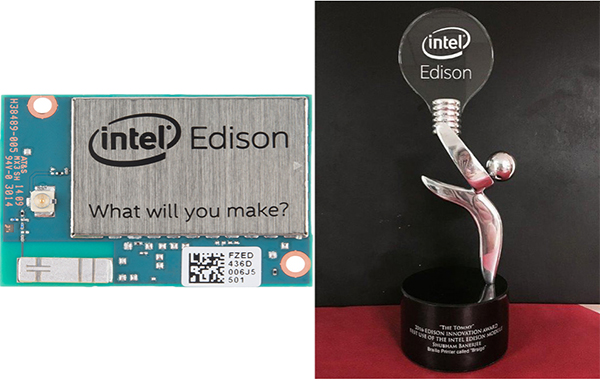
Left: Intel-Edison module now available world-wide for developers. Right: The “Tommy” award given by the Edison Innovation Foundation.


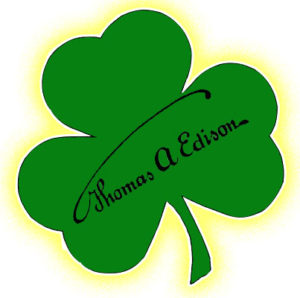

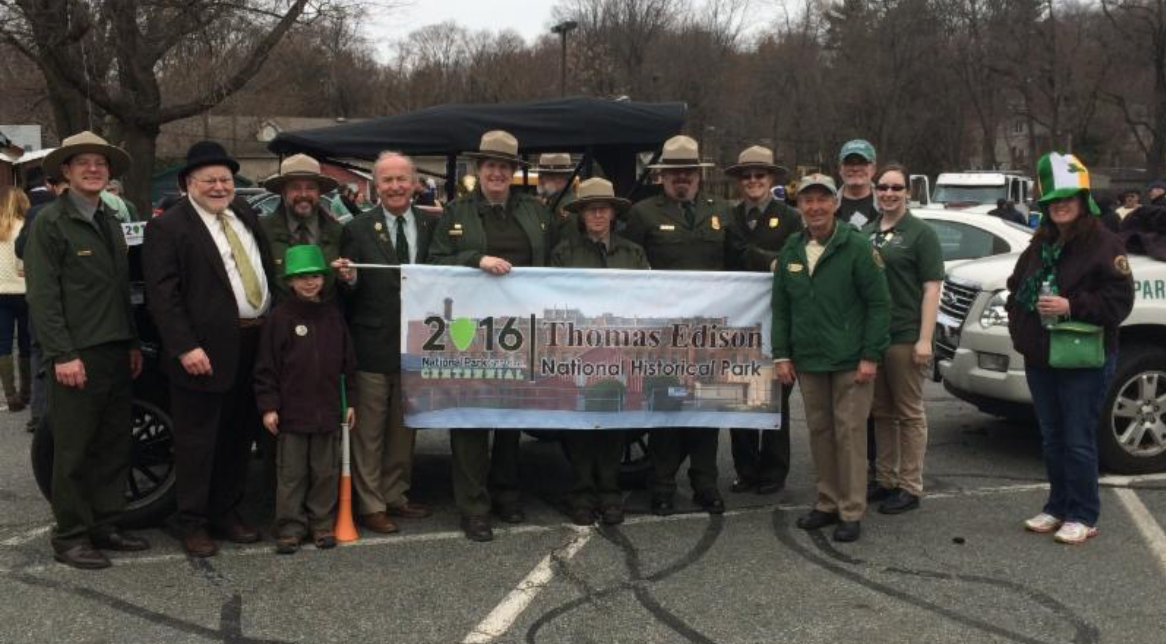
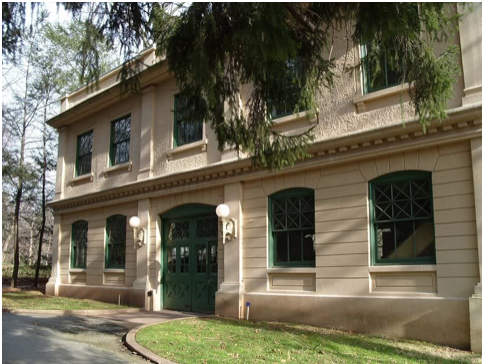
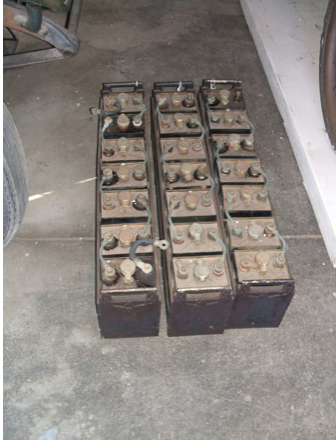
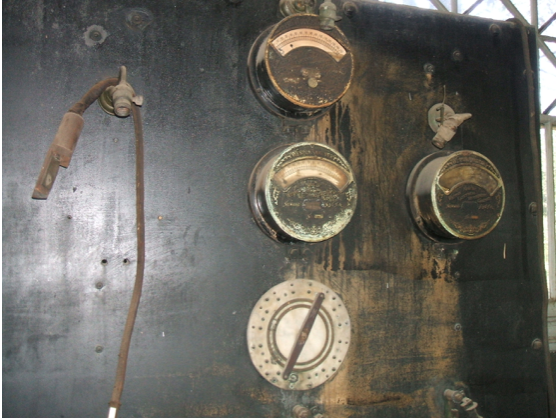

 Project managers know that a good mix of ideas from people with differing backgrounds and cultures goes a long way toward developing exciting and new inventions. It’s the soft side of team-based inventing, and it works. That, and a low flat organizational structure, promotes people interacting both horizontally and vertically-freely gaining new insights from the work of others, and using those insights in unique, sometimes disruptive ways.
Project managers know that a good mix of ideas from people with differing backgrounds and cultures goes a long way toward developing exciting and new inventions. It’s the soft side of team-based inventing, and it works. That, and a low flat organizational structure, promotes people interacting both horizontally and vertically-freely gaining new insights from the work of others, and using those insights in unique, sometimes disruptive ways.

